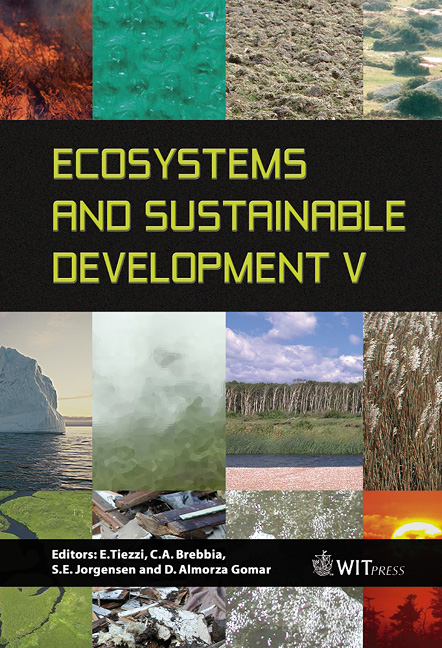A Conceptual Approach To Urban Rejuvenation: A Design Intervention Exercise In The Historic Silver Triangle Of Kuala Lumpur
Price
Free (open access)
Transaction
Volume
81
Pages
12
Published
2005
Size
3,332 kb
Paper DOI
10.2495/ECO050211
Copyright
WIT Press
Author(s)
S. S. Zubir & F. F. Silis
Abstract
The adaptive reuse of buildings and urban neighbourhoods are common in developed countries that have a long history of urbanization. This emerging trend of urban regeneration, which promotes tourism, is becoming an urgent agenda for many colonial cities in developing countries. The aim of this paper is to highlight an idea generated from our urban design studio that is based on the synoptic method so as rational strategies could be realized and transformed into design intervention. The crux of the design revolves around the idea of a return to historicism which could be summed up into the following 4 narratives of: - \“redimere” vs. the voiceless genius loci; stabilitas loci vs. dynamics of change; reinterpretation of dialectics vs. IT as a faceless tool; and imago mundi vs. the language of money. The project aims at transforming the once active neighbourhood of Kuala Lumpur to become a vibrant mixed used colony of artisan, residential and other activities that are deemed appropriate for the vicinity. Primarily, the task is to project the area into a cultural enclave where unused shop houses, factories and warehouses are converted into galleries and lofts for artists and eventually establish the city as an art/cultural centre of the region. Keywords: rejuvenation, morphology, metaphor, narrative, genius loci, intervention, historicism, development, heritage, built form. 1 Introduction Urban rejuvenation is commonly an accepted norm in ensuring a sustainable future of historic cities in the developed countries particularly for its role in
Keywords
rejuvenation, morphology, metaphor, narrative, genius loci, intervention, historicism, development, heritage, built form.





